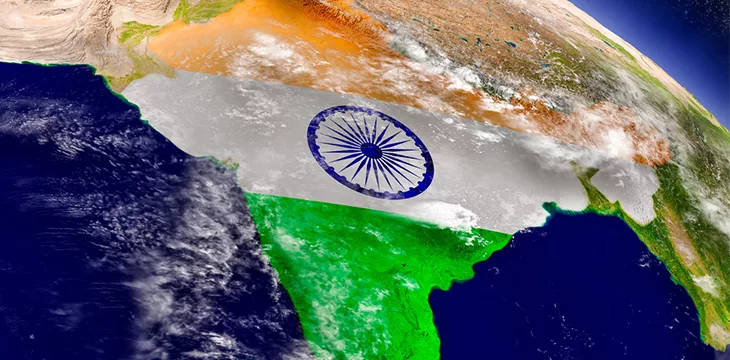
|
Getting your Trinity Audio player ready... |
India will soon release the rules under the Digital Personal Data Protection (DPDP) Act for consultation, and aims to establish a comprehensive framework that allows its citizens greater control and privacy over their data while imposing stricter regulations on businesses that use it. Simultaneously, the country is committed to improving its global position in the large-scale manufacturing of electronics, components and semiconductors.
“Drafting of DPDP rules is in very advanced stage. We will start the industry consultation now… Whatever extensive consultations will be required; we will do those. We won’t rush through. We will prefer as consultative a process as we can,” said Minister for Electronics and Information Technology Ashwini Vaishnaw.
The Digital Personal Data Protection Act (DPDPA) was introduced in August 2023 as India’s first-ever dedicated legislation for digital privacy, but its rules have yet to be notified. The Act is expected to improve data privacy for Indians and significantly impact global companies in the way they process personal data in India and transfer data to and from other countries. Given India’s status as the world’s most populated country and an emerging technology powerhouse, most global technology companies will be impacted by this.
According to Vaishnaw, India’s DPDPA will be “digital by design,” developed jointly by the Digital India Corporation (DIC) and the National Informatics Centre (NIC).
“The entire implementation process for the DPDPA will be digital by design. In parallel to the drafting of the rules, we are working on creating a digital by design platform so that the implementation of the DPDPA can be done in digital form,” added Vaishnaw.
Interestingly, Rajeev Chandrasekhar, former minister of state for electronics and information technology, said that in 2010, he introduced a private members’ bill in Parliament, asking for privacy to be recognized as a fundamental right. However, the government at that time did not feel it was a necessary debate.
“With the 830 million Indians who use the internet, and by 2025-26 it will be 1.2 billion Indians, we are the largest connected country in the world. We deserve to be setting our own standards in any conversation about technology for the future rather than borrowing anything from the EU or US,” Chandrasekhar said in August 2023.
Electronics manufacturing ambition
The Narendra Modi-led government, in its third term, is also committed to increasing manufacturing of electronics, components and semiconductors.
“India’s electronics production is around $125-130 billion, with employment numbers at 20–25 lakh (2-2.5 million people). In this term [2024-2029], we can double it to about 50 lakh (5 million people) in terms of employment numbers and $200-300 billion in total production,” Vaishnaw said.
India’s gradual rise in popularity as an IT product manufacturing hub is a boost for Modi, whose call for Atmanirbhar Bharat (self-reliant India) is a way of expanding exports, making the world’s fastest growing major economy more self-reliant by reducing the need for imports, as well as creating employment opportunities.
Recently Modi met Jake Sullivan, the U.S. National Security Advisor, who was in India for the second meeting of the U.S.-India initiative on Critical and Emerging Technology (iCET)—an initiative introduced in January 2023.
The U.S. and India would focus on unlocking a combined $90 million in U.S. and Indian government funding over the next five years for the U.S.-India Global Challenges Institute to enable university and research partnerships between U.S. and Indian institutions in the areas of semiconductor technology and manufacturing, critical and emerging technologies, among other issues, the two countries said in a joint fact sheet.
The Modi-led government has been positioning India as an alternative for global tech companies looking to reduce dependence on China for their supply chains, especially the European Union and the U.S., where trade wars with China have increased in recent years.
So far, India has successfully lured suppliers for major U.S. corporations like Apple (NASDAQ: AAPL) and Google (NASDAQ: GOOGL). Google has reportedly asked local suppliers to begin production of its Pixel smartphones in India. At the same time, about 25% of all iPhones is expected to be made in India by 2028 from only 5% to 7% of Apple’s manufacturing in January 2023.
Korean electronics major Samsung houses one of its biggest mobile phone factories in India where it will soon start making laptops.
Watch: India posed to become leaders in Web3

 11-21-2024
11-21-2024


